In the aftermath of September 11, President George W. Bush remarked that “it is natural to wonder if America’s future is one of fear.” Beyond the particularities of that genuinely difficult time, Bush’s words proved prescient in another way.
September 11 turned out to be the opening chapter in a broader narrative of fear that defined much of the past 23 years. Polarization and distrust pervade our society. There is a dearth of hope about the future. As individuals, Americans increasingly feel concerned for our physical safety, with 2 in 5 feeling afraid to walk alone at night within a mile of their home, for example. That fear carries over to how we see the nation as a whole, with 80 percent of respondents in a Reuters/Ipsos poll fearing the country is descending into chaos.
Looking at the 21st century so far, three generational crises stand out as part of this pattern of fear: 9/11, the Great Recession of 2008, and the COVID-19 pandemic. Americans have grappled with fear at other times, but these crises struck our entire society. Fear was so pervasive during them that they ruptured our sense of time, ushering in references to “post-9/11” and “pre-pandemic” for example. And in each of these cases, we failed fear, so to speak. With each crisis we lost confidence in our collective capacity to solve problems and build a better future. With each crisis, we lost confidence in ourselves.
How did this happen? For two related reasons. First, in each of these three events, our leaders treated fear as a mere psychological by-product. But fear is not just a reaction: It is an adversary in its own right. And second, while we solved the proximate challenge—there’s never been another 9/11, the economy started growing again by 2009, and we developed an effective coronavirus vaccine—most Americans were consigned to be passive bystanders rather than active citizens. In short, with each of these crises, our political leaders failed to recognize that one of the best antidotes to fear is to fight it together.
Waging war and living normally.
The 9/11 terrorist attacks pierced deep into the American soul. On the 20th anniversary, the Pew Research Center reported that more than 9 in 10 over the age of 30 could remember exactly where they were when they learned about the attacks. Yet far fewer—less than 1 in 10 to be precise—would participate in the response to 9/11.
It’s helpful to contrast our response to 9/11 with what happened after the attack on Pearl Harbor, the tragedy most often invoked as a historical analog. With World War II, America mobilized more than a third of its adult population. Sixteen million Americans served in the military and another 10 million in the Civil Defense Corps; millions more worked in the defense industrial base or in programs such as the U.S. Crop Corps. With the war on terror, however, less than 2 percent of the adult population served in the military. Even if we include the defense industry, non-military national security agencies, law enforcement, as well as foreign aid and peacebuilding groups that served in various conflict zones, the number of Americans mobilized after 9/11 was probably less than 5 percent of the population.
It’s not that public will was lacking. More than 250,000 Americans joined the military in the year after 9/11; volunteer firefighters and other emergency personnel flooded New York City to help; and, Americans from all over donated blood, time, and money to help in the aftermath of the attacks. But this public will was not harnessed at scale. Sure, there were a few initiatives, such as the Freedom Corps that President Bush launched in his 2002 State of the Union, asking Americans to give two years to national service. But within a year, the program had lost steam.
Rather, the main way we countered fear was to try and “get back to normal”—to “get down to Disney World” as President Bush said. But fear doesn’t work like that. What people need amid collective trauma is not an illusory sense of normalcy, but rather solidarity and purpose. As the writer Sebastian Junger put it in his book Tribe, “Humans don’t mind hardship, in fact they thrive on it; what they mind is not feeling necessary.” The opposite of feeling necessary is feeling dependent, which was how most Americans felt following 9/11.
It would only grow worse with the next crisis.
Fear strikes the American Dream.
The Great Recession of 2008 tore into America. Over 50 percent of adults reported working less or losing work altogether and millions lost their home during what at the time was the worst economic downturn since the Depression. People’s sense of financial security cratered. The economic impacts were not evenly distributed, but everyone felt fear. “You could hear in their voices for the first time in my lifetime a level of fear about the existential risk to the country, to the system,” said then-Treasury Secretary Tim Geithner of people he spoke with at the time.
On one level, the government’s response to the crisis matched the magnitude of fear. The Federal Reserve pumped trillions of dollars of liquidity into the financial system; the Treasury invested more than $440 billion to stabilize financial firms and President Obama passed a $787 billion stimulus program in February 2009. Yet absent from this response were programs that involved the American people directly. As a result, most Americans felt all the pain of financial loss and community devastation but had no role in building the country back up. When the recovery proved both uneven and slow, there were few stories of collective resolve and sacrifice that Americans could draw strength from; mainly stories of division.
Unsurprisingly, fear stayed with us even as the economic picture improved. As Karlyn Bowman of the American Enterprise Institute has noted, even in 2015—years after the economy had resumed growing—close to two-thirds of Americans still felt the economic system was no more secure than it was before the 2008 crisis. Even worse, fear overtook confidence about the future. The percentage of Americans who felt future generations would have a better life than their parents dropped from 66 in 2008 to 44 in 2011. It improved somewhat over the following years, but whatever recovery was underway on this front collapsed with the advent of the third crisis of fear: the COVID-19 pandemic.
Socially distant.
Public memory of COVID-19 is now dominated by polarization—fights over mask requirements, shouting matches at school board meetings, and the like. Yet at the onset of the pandemic, Americans yet again had a powerful shared experience of fear. In March 2020, as awareness of the coronavirus became widespread, the majority of Americans across the political spectrum were scared for their family’s health. This fear prompted a temporary surge in feelings of unity.
At the time, I was leading a depolarization research nonprofit and we noticed this dramatic shift in public opinion. The percentage of Americans who felt the country was united jumped from 4 percent in late 2018 to 32 percent in March 2020 and those who saw the country as divided collapsed from 87 percent to 48 percent. Yet this surge proved fleeting. Within three months, by June, the feelings of division had returned to 2018 levels.
The return of hyperpolarization had many causes: the presidential election, the murder of George Floyd and the ensuing protests, the volatility in the economy. But that’s not the full story. Absent from the government response, which included more than $4.5 trillion in stimulus bills, was mass citizen mobilization. Outside of the military and medical professions, few Americans put on a uniform and fought the coronavirus together. Ideas for national work programs were raised, multiple bills were put forth, and some funding was secured. But nothing materialized at scale.
Our response to COVID gave us little in terms of outlets to work together or recognize a kind of shared fate. The result was a sense that many people, in the words of sociologist Eric Klinenberg, had been “left to navigate the crisis on their own.”
The need for civic action.
If there is a silver lining to repeatedly failing fear in these three occasions, it is that we have more than 20 years of lessons to apply to the future. Two in particular come to mind. The first lesson is that leaders must treat fear as a threat in and of itself. When the next crisis of fear strikes, we need to take it on directly—name fear as an enemy, see it for the dynamic adversary it is, and summon Americans as agents in defeating it.
But more practically, the second lesson is that the government, especially the federal government, has a unique role in orchestrating a national fight against fear. This does not mean ever-larger stimulus packages—it means mass citizen engagement. In such a crisis, Americans don’t just want to receive aid, we want to be part of the solution. Said another way, the only thing more empowering than receiving protection from one’s tribe during a crisis is providing protection.
Acting on this will require changes in both political parties. Republicans will need to rebuild the civic engagement muscles, what Pete Peterson of Pepperdine University has dubbed a “conservatism of connection,” harnessed by Republicans of earlier generations. National work and service programs, narrowly targeted and designed to sunset after the crisis has passed, are entirely consistent with conservative ideology. As Abraham Lincoln once said, “The legitimate object of Government is to do for a community of people whatever they need to have done but cannot do at all, or cannot do so well, for themselves in their separate and individual capacities.”
Democrats, on the other hand, need to rein in prescriptions for national service to narrowly focus on crisis response. Ever since FDR, national service has occupied a unique position in liberal policy agendas. Yet this impulse now undermines the potential for bipartisan action during a crisis. Take the American Climate Corps, an initiative launched via executive action in September 2023, when there was no shared sense of fear. Such actions make national service appear partisan in nature.
These two lessons are not the only ones to draw, nor are they the full solution to whatever generational crisis we face next. We will need policy and operational responses. Our situation would have been dramatically worse had we not disrupted Al-Qaeda’s capabilities or produced a COVID-19 vaccine. The point is that even when we get the policy solutions approximately right, if we don’t engage Americans in fighting fear directly, we will see our society continue to weaken.
If we fight fear together, however, we build resilience against policy failures. The more Americans feel responsibility for part of the fight, the better we will endure the complexities that inevitably confound decision-makers. A sense of solidarity has the potential to propel us through setbacks and to carry us forward with a powerful shared story. Those stories and experiences are the connective bonds that give new life to the American Dream and to the idea of America itself.
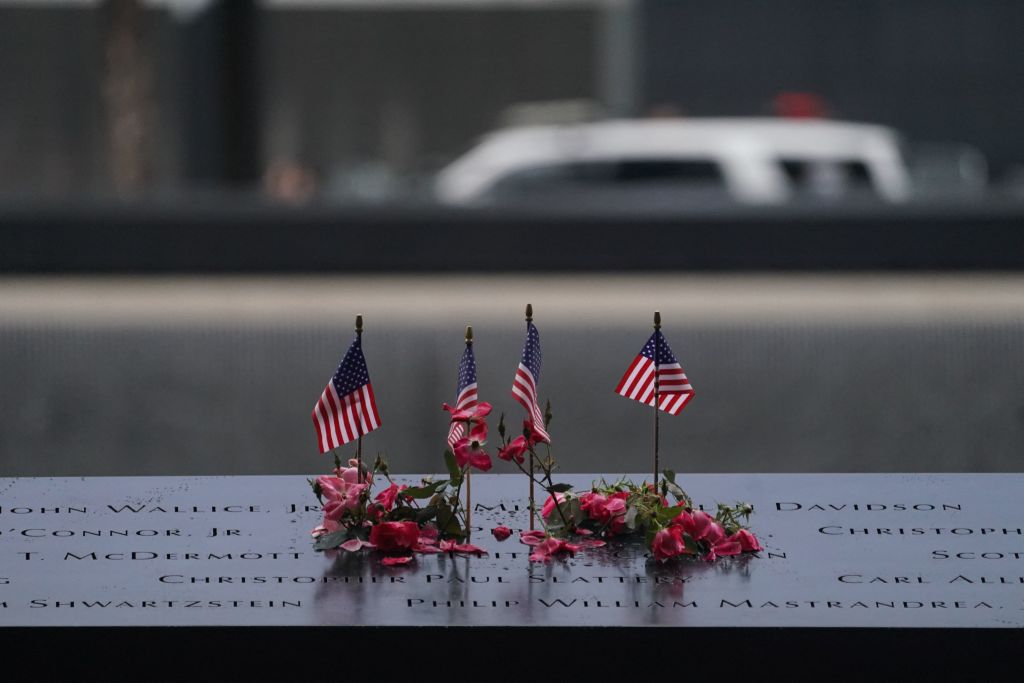
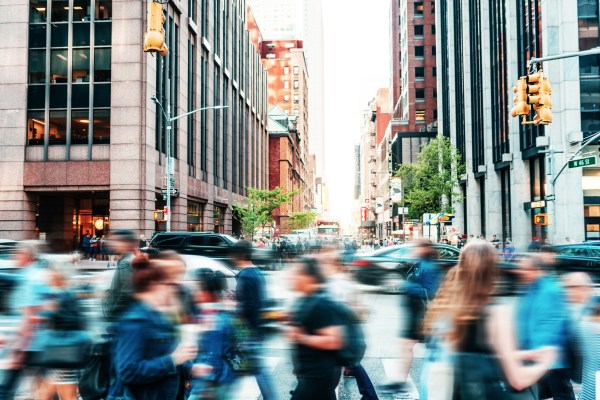
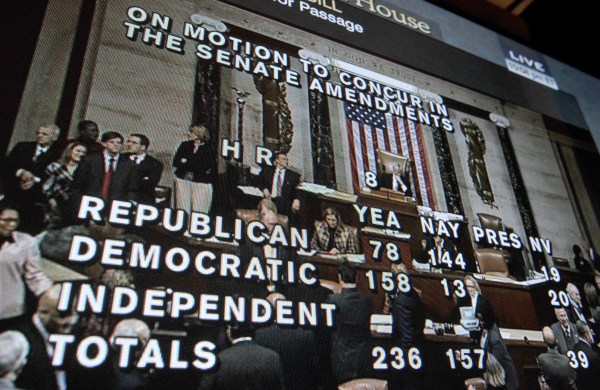
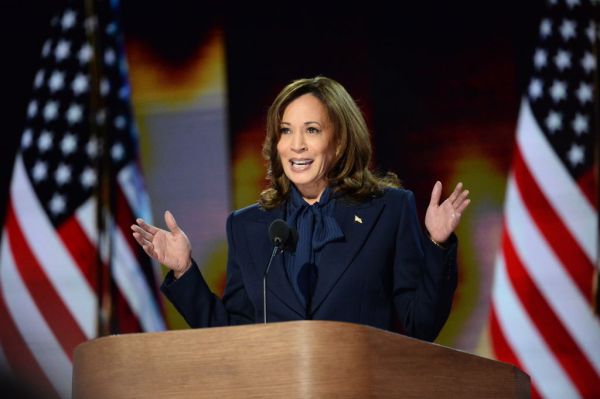
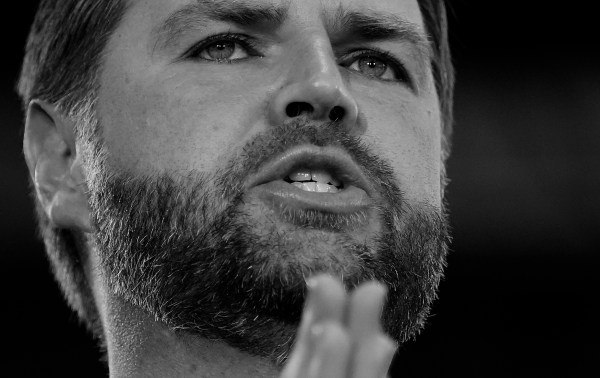
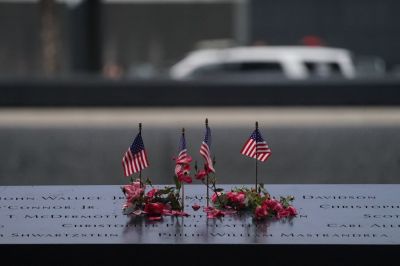
Please note that we at The Dispatch hold ourselves, our work, and our commenters to a higher standard than other places on the internet. We welcome comments that foster genuine debate or discussion—including comments critical of us or our work—but responses that include ad hominem attacks on fellow Dispatch members or are intended to stoke fear and anger may be moderated.
With your membership, you only have the ability to comment on The Morning Dispatch articles. Consider upgrading to join the conversation everywhere.